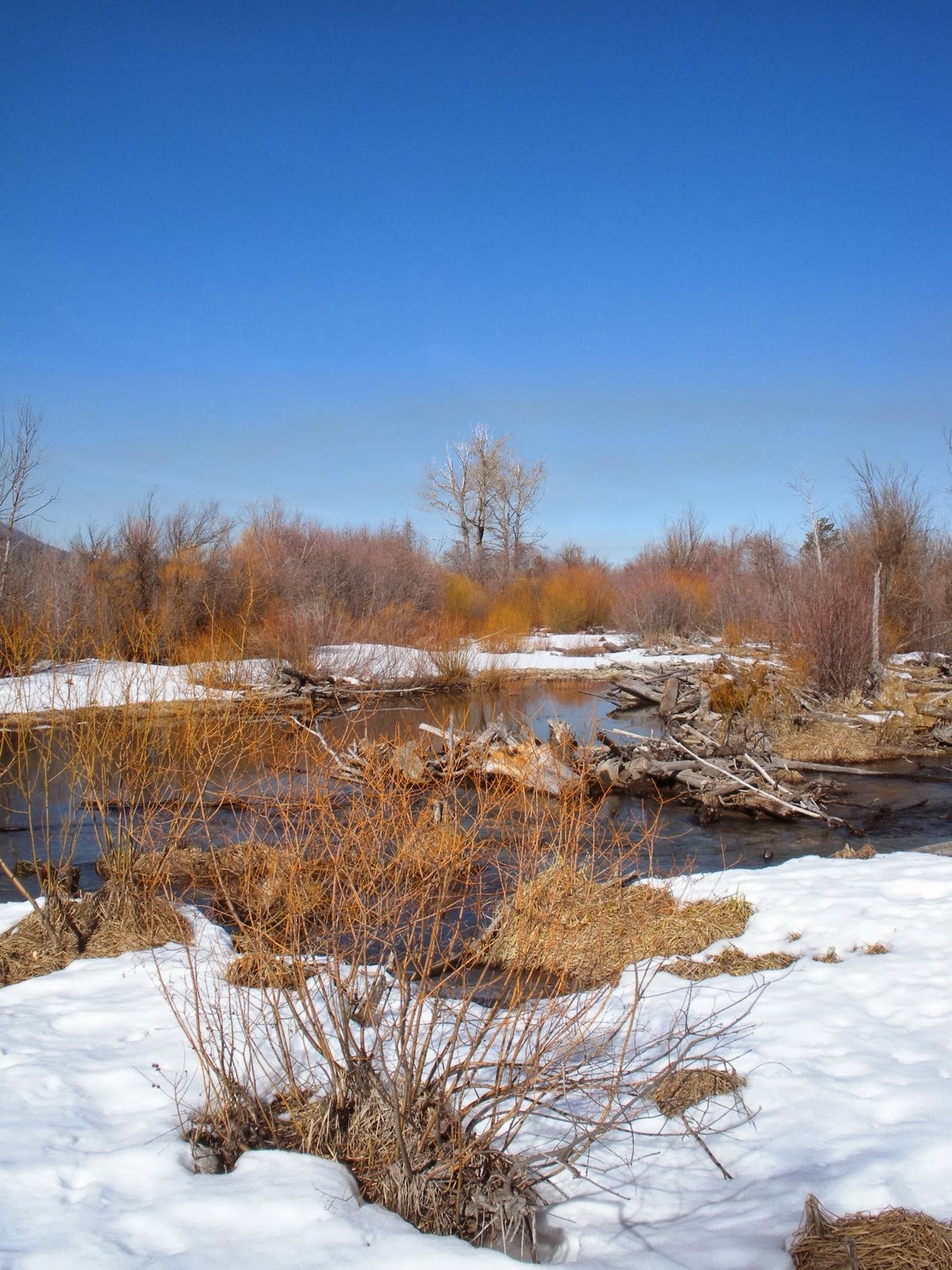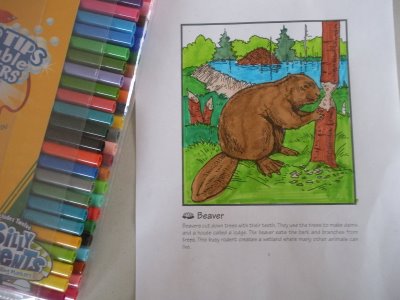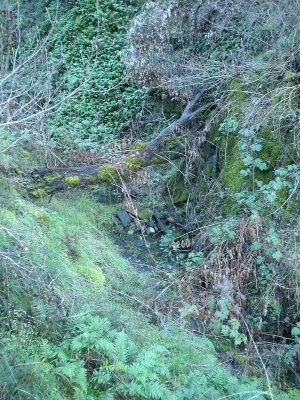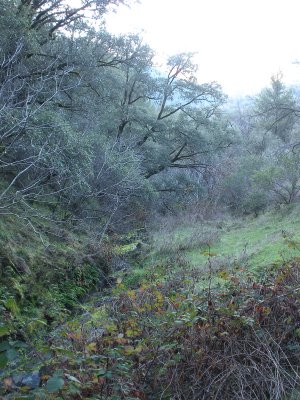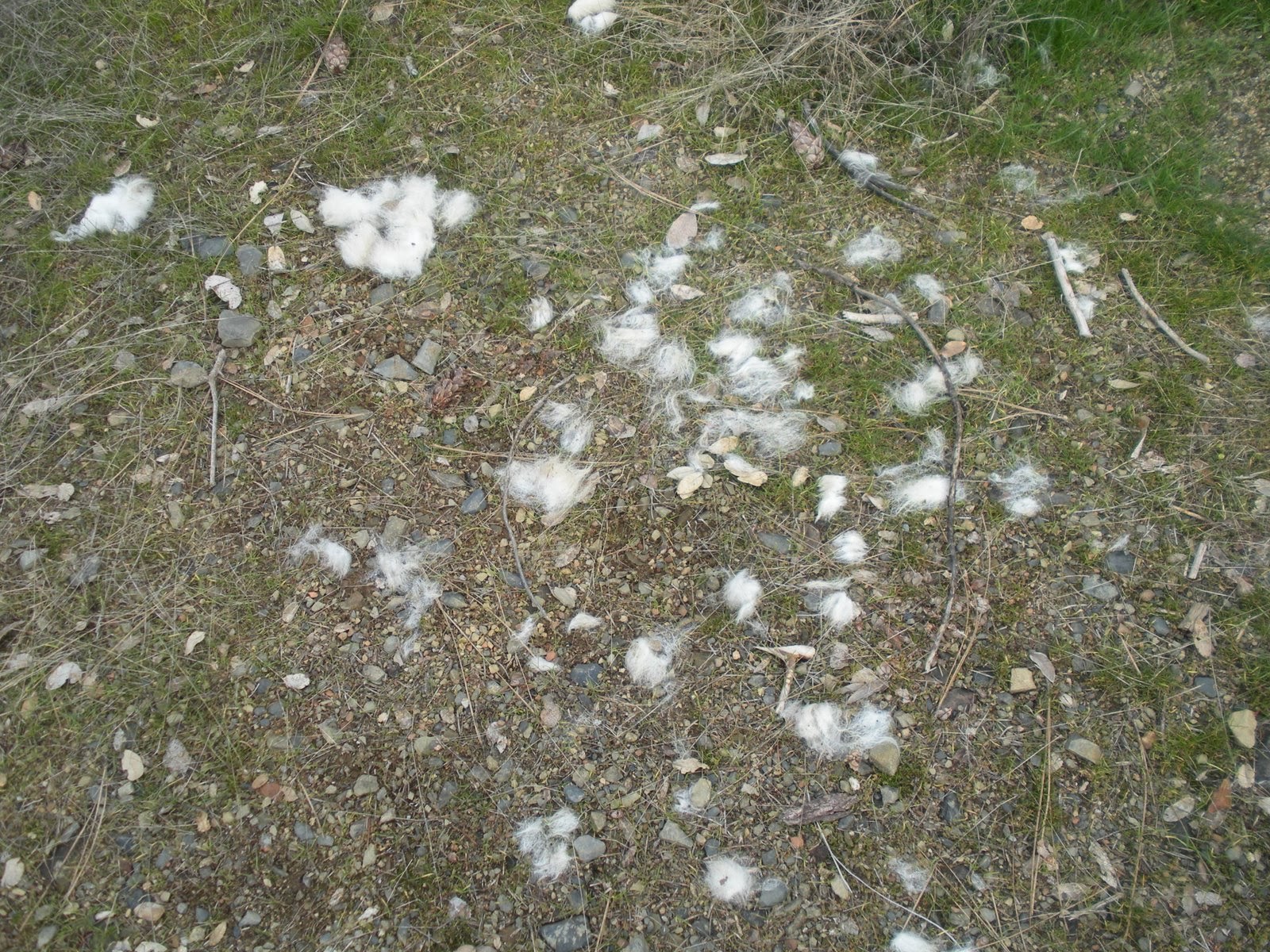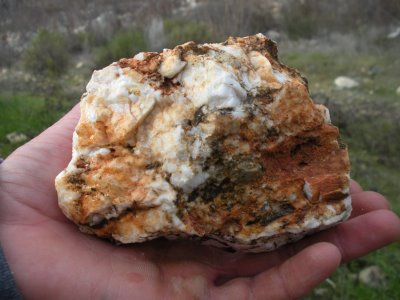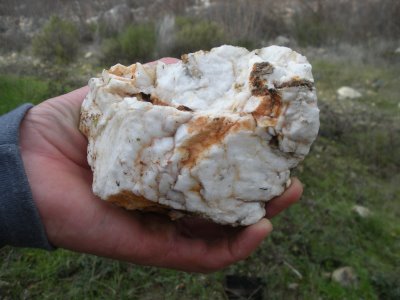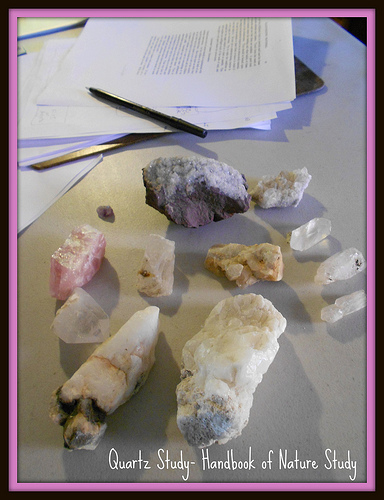One thing that frustrates this bird lover is that it is nearly impossible to get up close to live birds in the wild. So when the opportunity presents itself to get a really good look, even at a zoo or museum…I grab it. We were able to observe quite a few beautiful birds at the Living Desert Museum. If you live in California or even in Nevada, you might want to check this museum out and include it on your next roadtrip.
This Burrowing owl was so gorgeous and he impressed me very much with his wide eyes and his colorful pattern on his wings and body.
They had a hummingbird and butterfly aviary that I could have spent all day wandering around. We spotted this hummer on the littlest nest around. Click the photo to see the texture of his feathers. I will post photos of some of the butterflies soon.
I am amazed at the way the birds are so different from each other. They may all have feathers, wings, and legs but the variety of how those pieces are put together is an amazing testimony to our Creator.
Most of the birds at this museum are not able to be released into the wild. Some have lost a leg or a wing and the owl in the first photo of this entry is blind. This bird is a kind of heron and I forgot to write down his exact name but he was so pretty…and sleepy. 🙂
I encourage you to take advantage of any opportunity that comes along for nature study. I was surprised to see that this particular museum had a badger exhibit so we were able to observe a real live badger as part of our Outdoor Hour Challenge…..more on that in another post.







































